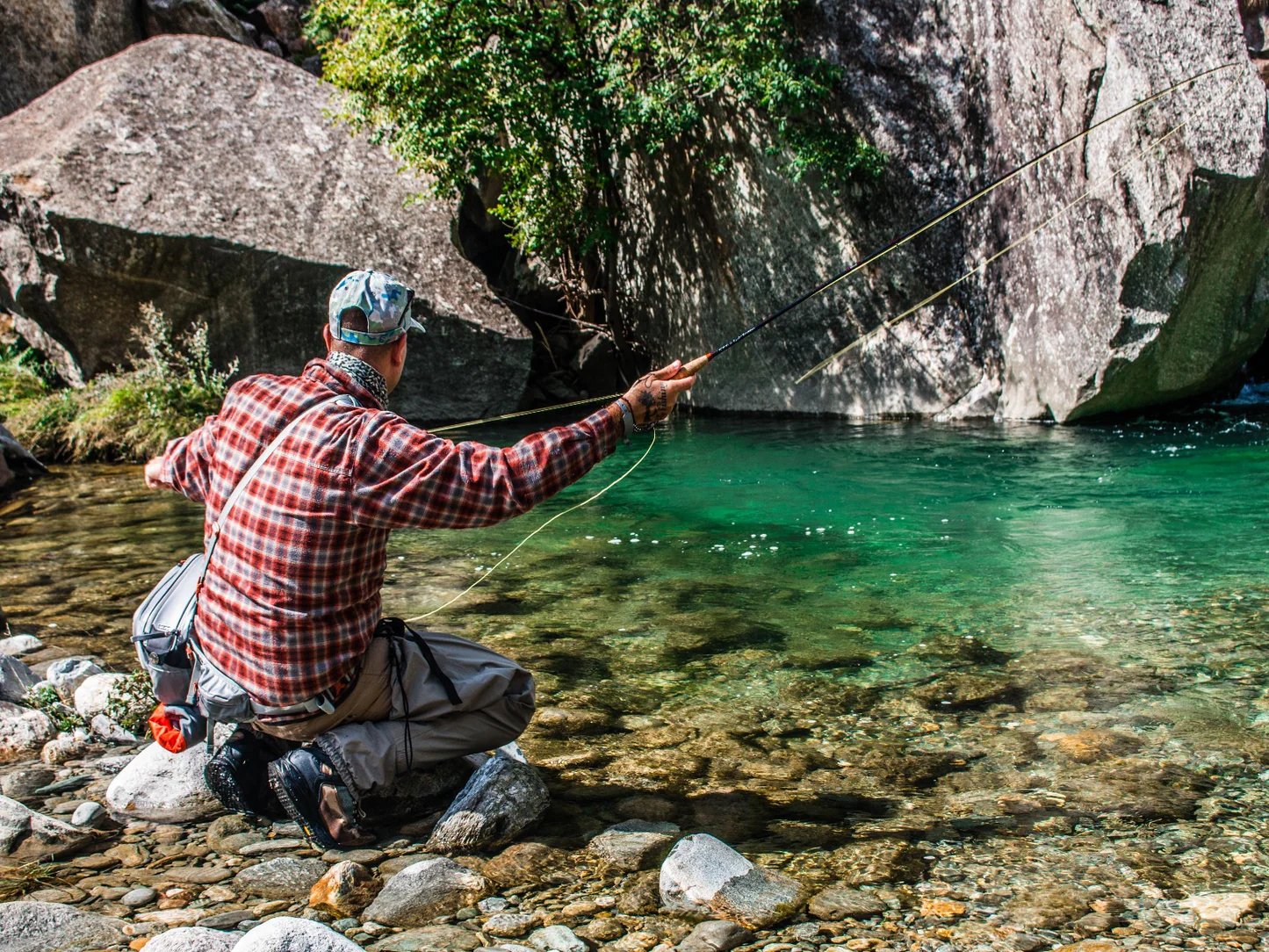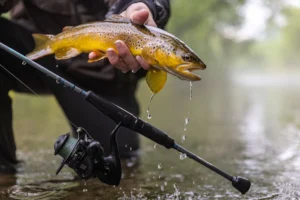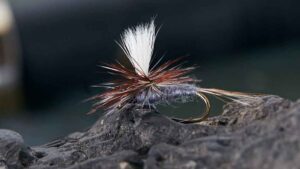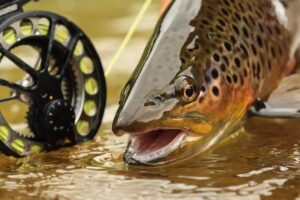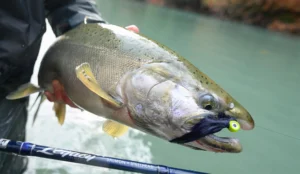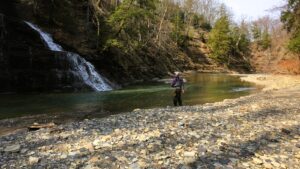Pocket water—those short, turbulent stretches between rocks and boulders in fast-moving streams—might seem chaotic at first glance, but for trout anglers, it’s prime real estate. These small, calm areas within the current offer food, shelter, and oxygen-rich water, making them ideal holding spots for fish. Learning how to fish pocket water effectively can lead to fast-paced, exciting action, especially on freestone streams and mountain creeks.
Here’s how to break it down and fish it right.
1. Understand What Pocket Water Is
Pocket water forms in turbulent rivers where rocks break the flow of the current. The result is a mix of slow eddies, foam lines, and short-lived pools—each one potentially holding fish. Trout in these spots are opportunistic feeders, often sitting just behind or beside rocks where the current delivers food.
2. Get Close and Stay Low
Fishing pocket water is an up-close game. These areas are short and often shallow, so stealth is crucial. Approach slowly, stay low, and minimize movement. Position yourself slightly downstream or adjacent to the pocket, and cast upstream into the current for a natural drift.
3. Use Short, Accurate Casts
There’s no need for long casts in pocket water. Focus on short, controlled drifts with minimal line on the water to reduce drag. Fly anglers will benefit from high-sticking or tight-line nymphing techniques, while spin anglers should use small, weight-forward lures or jigs that stay in the strike zone.
4. Target the Soft Edges and Seams
Fish won’t be sitting in the strongest current—they’re in the softer water adjacent to it, where they can hold position with minimal effort. Cast to the seams (where fast and slow water meet), the pillow in front of large rocks, and the tail of each pocket where food settles.
5. Choose the Right Gear and Flies/Lures
Use gear that gives you control in tight quarters:
- Fly anglers: Euro nymphs, beadhead nymphs, and small streamers work well. A short 9-10 ft rod with a sensitive tip is ideal.
- Spinning anglers: Try 1/16–1/8 oz jigs, micro soft plastics, or small inline spinners.
Use weight to get down quickly and avoid getting swept out of the pocket too fast.
6. Move Often and Cover Water
Pocket water fishing is fast-paced. If a trout is there, it’ll usually hit on the first or second cast. Fish each pocket thoroughly but briefly, then move upstream to the next target. This style of fishing is more about covering lots of small, high-percentage spots than working a single hole for 30 minutes.
Final Thoughts
Pocket water can be intimidating, but once you understand the flow and how trout relate to it, it becomes one of the most productive areas on a river. With stealth, accuracy, and a solid presentation, you can turn choppy currents into a series of trout-filled opportunities. So next time you’re on a freestone stream, don’t pass up the whitewater—it’s loaded with fish if you know where (and how) to look.

